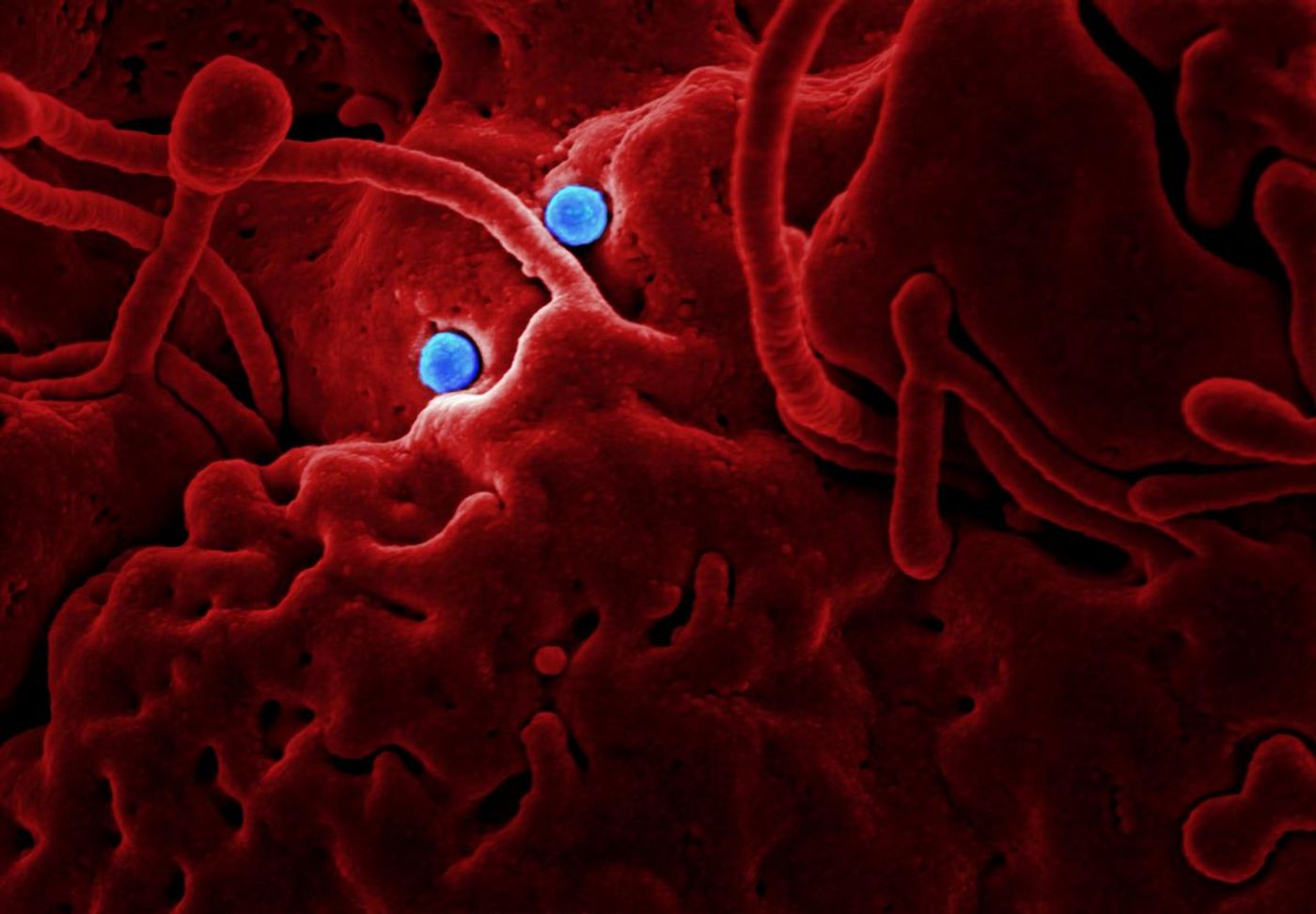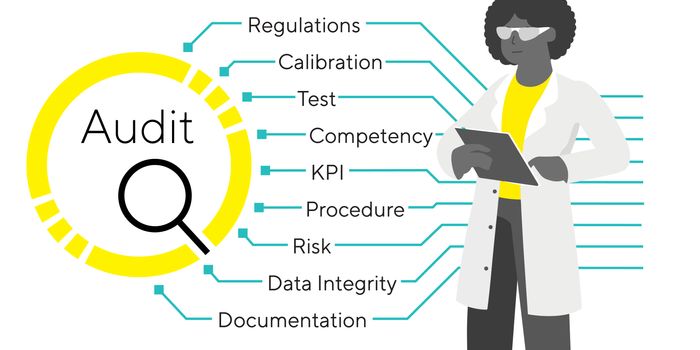Viruses and Autoimmunity: What Pandemics Have Taught Us

Chronic inflammatory symptoms after initial infection are not unique to this pandemic. The development of chronic diseases has been associated with the Spanish influenza of 1918 and the 2009 swine flu pandemics. Although never confirmed, researchers suspect Spanish influenza was behind the epidemic of the brain condition encephalitis lethargica from 1916 to 1926 that caused Parkinson's-like symptoms and can today be reversed, in most cases, with a month-long treatment of steroids. After the 2009 swine flu, cases of the sleep disorder narcolepsy increased seven-fold in China.
Pandemics strengthen the evidence between viruses igniting autoimmunity because they provide a larger sample size of what would otherwise be rare conditions. Researchers believe autoimmunity is more likely to occur when inflammation is more extreme, a scenario also more likely during pandemics when the immune system encounters a virus for the first time.
Several theories exist for the development of autoimmunity after viral infection: chronic viral infection of body tissue after initial infection or immune dysregulation catapulted by infection. Evidence for persistent viral infection as a cause of autoimmunity is poor because viruses are not typically detected in diseased tissues, but this is not always the case. Traces of coxsackievirus B4, rotaviruses, enteroviruses, human herpesvirus 6, and cytomegalovirus have been detected in pancreatic tissue of children with type I diabetes.
Immune dysregulation after a virus is cleared is thought to occur through several potential mechanisms. One mechanism, known as epitope spreading, occurs when the immune system targets multiple antigens, including the virus and the body's own tissues, due to the heightened inflammatory state. Molecular mimicry is another suspected mechanism where human tissue proteins similar to the invading virus's proteins become the ongoing immune response target. This is the case in rare instances where strep throat leads to an inflammatory heart condition known as rheumatic fever.
The silver lining: Viruses may also one day be successful at treating autoimmunity. Researchers are looking at vaccines containing doses of the original virus to correct immune dysregulation that causes the body to attack previously healthy tissues. Antivirals are also being studied for their efficacy in treating autoimmune diseases, such as in cases of childhood type I diabetes.
Sources: Nature








